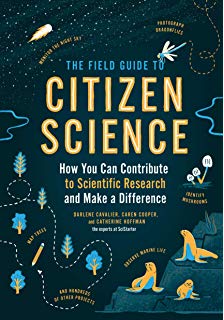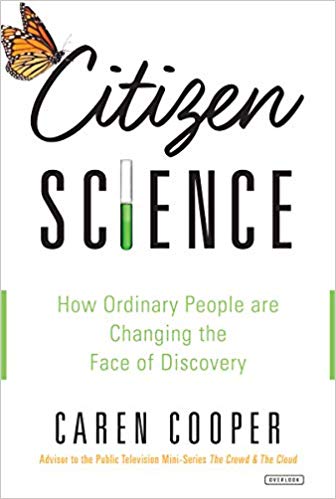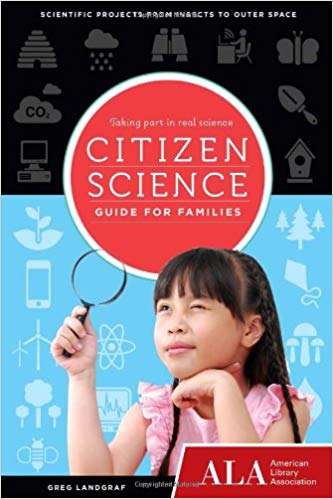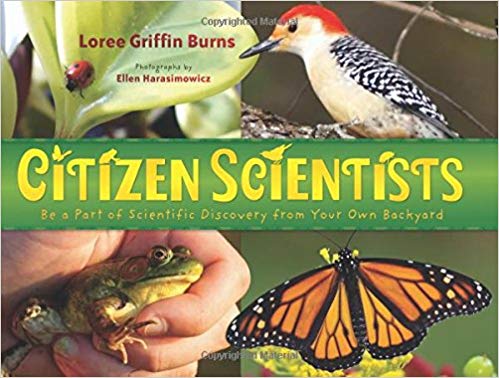Read Wild: Sarah Mulhern Gross Introduces Us to the Concept of Citizen Science
As warmer weather spreads across the country, I have been thinking about ways to get my students outside during their summer vacation. We are doing a joint biology/English field study this week as part of my literature and the land unit, but I know that most of my students spend little to no time outside if they aren’t forced to do so. One possible solution to this problem is to get students involved in citizen science projects (Jenkins, 2011). Citizen science projects engage non-scientists in scientific endeavors to address questions raised by researchers (Cooper, Dickinson, Phillips, & Bonney 2007). Research has shown that young people who participate in citizen science projects are more connected to the environment and more scientifically literate (Edwards, 2014). While there is a lack of research on the effects of citizen science on adolescents, due to its recent emergence in science classrooms, one can hope that it will have the same positive effects. If students are not spending time outdoors perhaps a citizen science project will motivate them to do so.

There are hundreds of citizen science projects out there that teens and adults can become involved in. Citizen Scientists: Be a Part of Scientific Discovery from Your Own Backyard by Loree Griffin Burns is a fantastic introduction to projects like the Audubon Bird Count and FrogWatch USA. My personal favorite is tagging monarch butterflies! Once you are ready to dive into citizen science I recommend checking out Scistarter for links to projects looking for citizen scientists.
ADVERTISEMENT
ADVERTISEMENT
Here are a few citizen science/book pairings that could inspire you and your teens to get involved and maybe even spend some time outside:
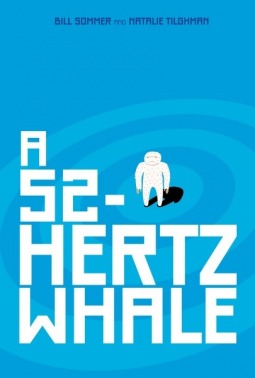
A 52-Hertz Whale by Bill Sommer and Natalie Haney Tilghman and Orcasound: In Sommer and Tilghman’s book, the main character is tracking a whale as part of a citizen science project. Interested in doing something similar? Orcasound allows interested citizen scientists to listen to live hydrophones in the Pacific Northwest and log any whale sounds heard. The project aims to help preserve the population of orcas in the area where the underwater microphones are deployed.
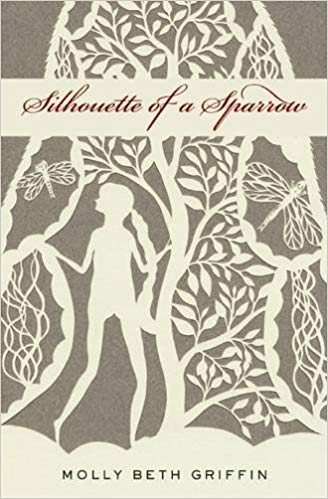
Silhouette of a Sparrow by Molly Beth Griffin and Battling Birds and/or Feederwatch: Garnet Richardson, a budding ornithologist, is sent to a lake resort to avoid a 1926 polio outbreak. Interested readers can learn more about ornithology by participating in any of Cornell’s Lab of Ornithology citizen science projects. Battling Birds and Feederwatch are my favorites. Battling Birds allows viewers to watch Cornell’s birdfeeder cams and contribute questions and observations. Feederwatch is a winter project (November-April) that asks interested citizen scientists to set up bird feeders and periodically count the birds they see.
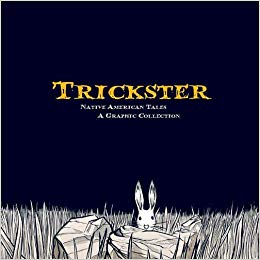
Trickster edited by Matt Dembicki and Canid Camera : Trickster is a graphic collection that brings together 21 Native American storytellers and twenty-one comic artists. Each story focuses on a different trickster character including coyotes, ravens, rabbits, raccoons, dogs, wolves, and beavers. When I read the book I was immediately drawn to the wide variety of species represented in different native cultures. It made me think of the Canid Camera project in NY state. The project was the focus of a recent article in The New York Times, which is how I learned about it, and is currently seeking volunteers. Volunteers can sort through trail camera photos and ID the species seen. A field guide is provided and for students who live in the northeastern part of the US it may help them learn more about the animals in their own area!
Hurricane Season by Nicole Melleby and SKYWARN: In Hurricane Season, Fig’s life becomes infinitely more stressful when hurricane season hits the Jersey Shore. She and her father already dealt with one storm, but she knows that the weather can make her dad act irrationally. She spends a lot of time watching the weather and weather reports. Weather aficionados ages 16+ can become trained SKYWARN Weather Spotters in the U.S. thanks to NOAA. Check out their website for info on free training classes. This is a great citizen science opportunity for high school students!
These are just a few citizen science projects that are out there. Read a book that deals with citizen science or inspires citizen science action to block out one of the #readwild bingo squares for our challenge. Share your favorite citizen science projects and books that might inspire action in the comments!
Cooper, C. B., Dickinson, J., Phillips, T., & Bonney, R. (2007). Citizen Science as a Tool for Conservation in Residential Ecosystems. Ecology & Society, 12(2), 1-11.
Edwards, R. (2014). Citizen science and lifelong learning. Studies In The Education Of Adults, 46(2), 132-144.
Jenkins, L. l. (2011). Using citizen science beyond teaching science content: a strategy for making science relevant to students’ lives. Cultural Studies Of Science Education, 6(2), 501-508.
Filed under: Uncategorized
About Karen Jensen, MLS
Karen Jensen has been a Teen Services Librarian for almost 30 years. She created TLT in 2011 and is the co-editor of The Whole Library Handbook: Teen Services with Heather Booth (ALA Editions, 2014).
ADVERTISEMENT
ADVERTISEMENT
SLJ Blog Network
Name That LEGO Book Cover! (#53)
Cover Reveal and Q&A: The One and Only Googoosh with Azadeh Westergaard
Exclusive: Vol. 2 of The Weirn Books Is Coming in October | News
Fighting Public School Book Bans with the Civil Rights Act
ADVERTISEMENT


